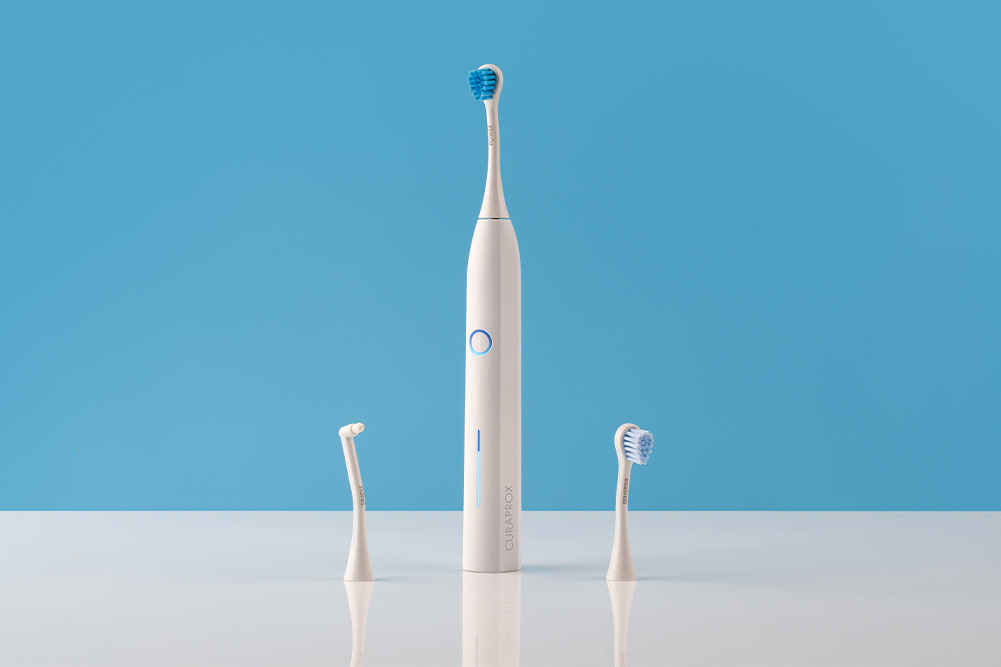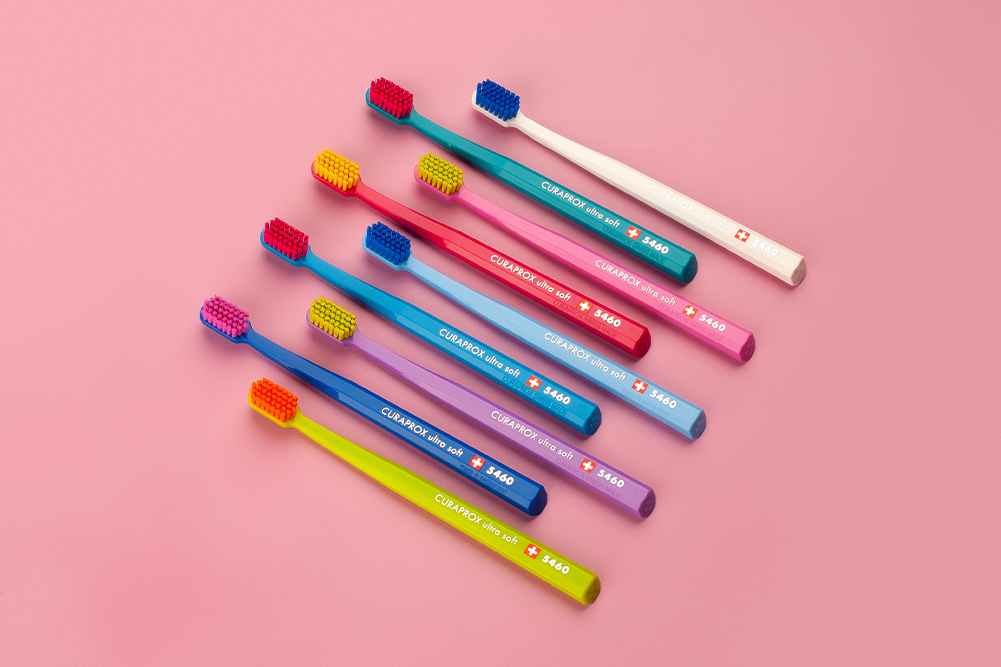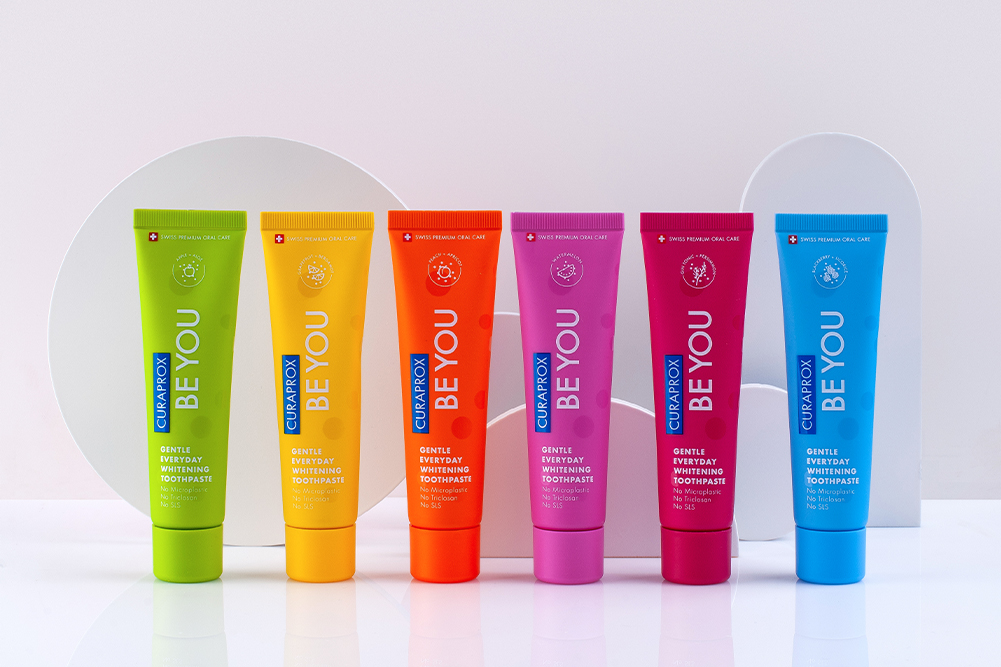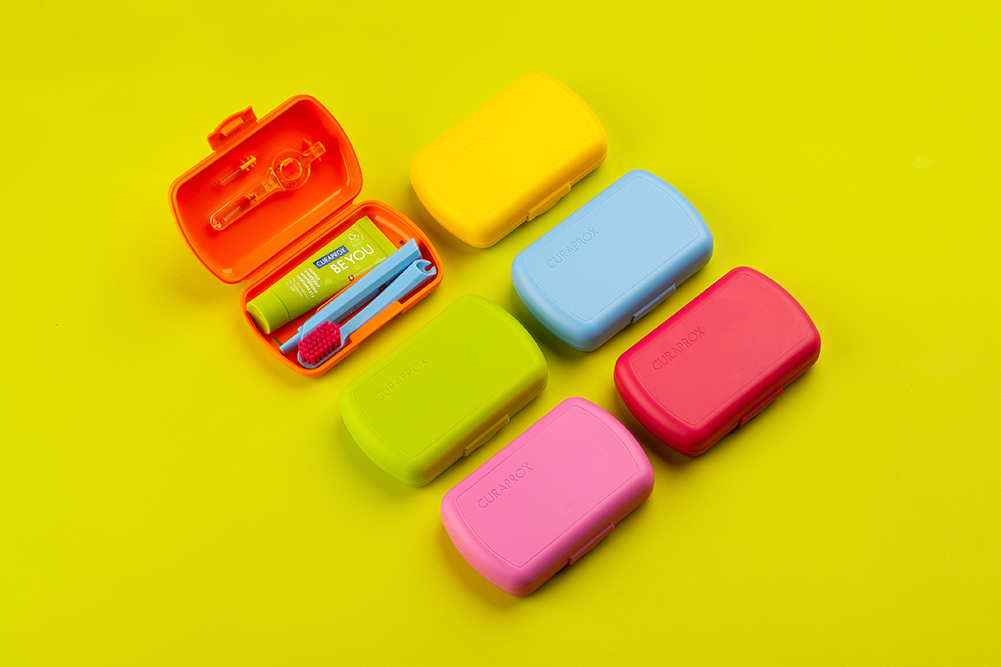Your 7-day skin detox
Detoxification is the processes your body uses to rid itself of potentially harmful and unwanted substances that are foreign to it. Also referred to as xenobiotics, these waste products include artificial food additives, pesticides, pollution, alcohol, nicotine and caffeine.
You can enhance this natural process with a 7-day skin detox that supplies the nutrients needed during detoxification. This tasty detox regime contains solid foods and is divided into four stages.
1. Gastrointestinal detoxification
Your liver is the body’s top executive when it comes to detoxification, but the first stage of xenobiotic zapping should happen in your gastrointestinal tract.
The tips of villi in your intestines look like furry fingers and contain high concentrations of detoxification enzymes. These enzymes are designed to deactivate many of the potentially harmful substances that are hidden in your foods.
However, if your gut lining is damaged or has an imbalance between the harmful and the beneficial bacteria, increased quantities of xenobiotics can sneak through your gut wall, enter your bloodstream and burden your internal organs (Liska).
For beautiful skin, it’s vital to promote the growth of beneficial gut bacteria by consuming fibre-rich plant foods such as leafy greens and apples. Also hydrate your gastrointestinal tract with lots of water in between meals and stimulate digestive juices with dandelion tea and apple cider vinegar (see Days 1 and 2).
2. Promote healthy blood
Your blood is the transporter of oxygen and skin oil gland-regulating nutrients such as omega-3 essential fatty acids and the mineral zinc. It also carries xenobiotics, alcohol and myriad hormones, and delivers them to the liver for detoxification (Tortora).
It’s essential that your blood remains within healthy limits, including having an alkaline pH of approximately 7.35–7.45. However, with an increase in toxins in the blood, along with the consumption of fatty meats, high-protein diets, nicotine and sugar, acid levels can spike and threaten your blood pH.
According to research, the body has several back-up systems in place, including leaching calcium from your bones. This ensures the blood pH remains alkaline but it may be to the detriment to your bone health, leading to osteoporosis later in life.
The findings published in American Journal of Clinical Nutrition show you can reduce these acids by consuming plenty of alkaline-forming vegetables and fruits. Alkaline soups, apple cider vinegar, avocado and lemons also promote alkalinity and enhance detoxification (see Day 3).
3. Phase 1 liver detoxification
Once the toxins reach your liver, your body faces another challenge; the liver can’t detoxify unwanted substances on its own. It needs “workers”, which are nutrients that help to convert toxic materials into less toxic ones for safe removal from the body.
This is done in two phases: Phase 1 and Phase 2. Phase 1 is assisted by nutrients including B group vitamins and flavonoids such as curcumin from turmeric and glutathione, an anti-ageing antioxidant produced by the body.
However, Phase 1 turns xenobiotics such as pollution, alcohol, nicotine, caffeine and dioxins into molecules that can be more damaging than the original substances. This is why the second stage, Phase 2, is so important: it turns these undesirable substances into harmless water-soluble molecules to ensure safe elimination from the body (Liska).
- During a detox, it’s important to reduce your exposure to factors that initiate high Phase 1 activity but which fail to trigger the essential second step of Phase 2 detoxification. Unhealthy Phase 1 inducers include alcohol, drugs, nicotine, high consumption of dietary protein, caffeine, stress and artificial additives.
- For healthy Phase 1 activity, increase your intake of flavonoid-rich fruits and vegetables, green tea, turmeric and curry powder (see Days 6 and 7) (Mohammad, 2003).
4. Phase 2 liver detoxification
These liver detoxification reactions transform the harmful substances produced by Phase 1 into water-soluble compounds that can be safely removed from the body via the urine or bile. Phase 2 enzyme reactions include glycination, glucuronidation, sulfation and glutathionation. These reactions require nutrients that can be replenished only through a healthy diet, as shown in Table 1.
Table 1
| Detox enzyme | Cofactors | Eat |
| Glycination | glycine | protein |
| vitamin B6 | salmon, bran, muesli, wheatgerm | |
| magnesium | Brazil nuts, almonds, brown rice oats, dark leafy greens | |
| Glucuronidation | magnesium | (as above) |
| zinc | pepitas/green pumpkin seeds | |
| curcumin | turmeric/curry powder | |
| vitamin B complex |
oats, bran, brown rice, yeast
|
|
| EFAs/omega-3 | fish, walnuts, linseeds/flaxseed oil | |
| Sulfation | sulphur-rich foods | garlic, onion |
| Glutathionation | glutathione | promoted by fruits, vegetables |
| vitamins B2 and B6 | liver, salmon, bran, muesli | |
| vitamin C | red capsicum, broccoli, lemon and other fruits | |
| selenium | Brazil nuts, canned tuna, fish | |
| thiols | broccoli, cabbage, cauliflower Brussels sprouts |
(ARL Pathology, Melbourne; Mohammad, 2003; Chu Won Nho, 2001)
The nutrients needed to detox properly
If your liver does not have these nutrient “helpers” on hand, it cannot detoxify the toxins produced during Phase 1. This means that your liver would have no option but to dump these harmful substances back into your bloodstream. A situation like this can burden other body systems including your kidneys and skin, which will lead to skin malfunctioning. Examples would be dry skin, rashes, acne and premature wrinkles.
On Days 3, 4 and 5 of your detox, consume grapefruit or freshly squeezed grapefruit juice, as grapefruit contains naringenin, a flavonoid antioxidant that inhibits excessive Phase 1 activity (as does the herb St Mary’s thistle).
A study published in the Journal of Pharmacy and Pharmacology surveyed the effects of dandelion tea on liver detoxification, showing it triggered a dramatic, 244 per cent increase in the activity of Phase 2 detoxifying enzymes (Maliakal, 2001). This is why you should have two cups of dandelion tea a day during your detox (see Days 4 and 5).
Note: During your detox, avoid vigorous exercise. However, light exercise such as walking is recommended to assist with toxin removal. It’s important to get plenty of rest. It’s also necessary to avoid caffeine, cigarettes and alcohol during this period. Gradually cut down on these substances before you begin the program. If you have any health concerns or are taking prescriptive medications, it’s essential that you consult with your doctor before following a detox.
Dental note: Apple cider vinegar and lemon are acidic before digestion (where they later become alkaline), so rinse your mouth with water after ingestion to avoid acid wear on teeth.
Menu for the ideal 7-day skin detox diet
Days 1 & 2: Gastrointestinal detoxification
BREAKFAST
- 1 cup warm water with 1 tbsp lemon juice
- ½ cup mixed pepitas, almonds and Brazil nuts and/or 1 bowl of porridge. Preferably, pre-soak overnight ½ cup rolled oats and 1 tsp whole linseeds. Then cook with added water for 5 minutes and serve with quality soy milk or almond milk and 1 small banana. To make almond milk, put 1 cup almonds and 3 cups water in a blender and blend well — store leftovers in the refrigerator for 3+ days.
SNACK & DRINK SUGGESTIONS FOR THE DAY
(Have at least 2 snack breaks each day)
- 1–2 green apples; 2 cups Dandelion tea; vegetable sticks (carrot, celery, red capsicum) with ¼ cup preservative-free homous dip; 1–2 glasses fresh vegetable juice (eg carrot, cabbage, beetroot, parsley and green apple); 1.5 litres filtered water with 1 tsp mild organic apple cider vinegar
LUNCH & DINNER
- Therapeutic vegetable soup and/or antioxidant-rich salad: 2–4 serves per day
Tip: To stimulate your bowels, do 15–30 minutes of stretching exercises.
Day 3: Promote healthy blood
BREAKFAST
- Citrus flaxseed drink
- ½ avocado topped with 1 sliced roma tomato, raisins and squeeze of lemon and/or chopped banana and apricots sprinkled with ground flaxseeds and chopped almonds
SNACK & DRINK SUGGESTIONS FOR THE DAY
- 1 cup warm water with 1 tbsp lemon juice; 1 banana or 2 apricots; unlimited vegetable sticks (carrot, celery, red capsicum etc); up to ½ cup almonds and Brazil nuts; 1.5 litres filtered water with 1 tsp mild organic apple cider vinegar; 1–2 glasses fresh vegetable juice (eg carrot, celery, beetroot, parsley)
LUNCH & DINNER
- Up to ½ cup almonds and Brazil nuts and therapeutic vegetable soup OR cauliflower and onion detox soup: 2–4 bowls per day
Tip: To enhance your blood circulation, go for a brisk walk.
Days 4 & 5: Phase 2 liver detoxification
BREAKFAST
- 1 glass citrus flaxseed drink
- ½ avocado with 1 sliced roma tomato and fresh lemon (if this is not filling enough add a small serve of quality tinned tuna); and/or ½ cup mixed pepitas, almonds and Brazil nuts
SNACK & DRINK SUGGESTIONS FOR THE DAY
- 2 cups dandelion tea; unlimited vegetable sticks (carrot, celery, red capsicum, broccoli, cucumber) with ¼ cup preservative-free homous dip; 1.5 litres of filtered water with 1 tsp mild organic apple cider vinegar, 1 glass citrus flaxseed drink, 1 green apple; 1 grapefruit
LUNCH & DINNER
- 1 glass citrus flaxseed drink
- Therapeutic vegetable soup OR cauliflower and onion detox soup
Tip: To promote increased blood flow to the liver, do 10–20 minutes of skipping combined with intervals of gentle stretching.
Days 6 & 7: Phase 1 liver detoxification
BREAKFAST
- 1 cup green tea or warm water with lemon juice
- ½ avocado topped with 1 sliced roma tomato and squeeze of lemon, and raisins, chopped banana and apricots sprinkled with ground linseeds and chopped almonds OR porridge (see Days 1 and 2)
SNACK & DRINK SUGGESTIONS FOR THE DAY
- 1 cup green tea or dandelion rea; unlimited vegetable sticks with ¼ cup preservative-free homous dip; ½ avocado with lemon and tinned tuna; 1 glass fresh vegetable juice; 1.5 litres filtered water with 1 tsp mild organic apple cider vinegar
LUNCH
- Antioxidant-rich salad (1–2 large serves)
- ½ cup mixed pepitas, almonds and Brazil nuts
DINNER
- Antioxidant-rich salad (served with steamed salmon) OR therapeutic vegetable soup OR cauliflower and onion detox soup
Tip: Relax in a warm bath, have a massage or do some gentle stretching exercises.
Recipes
Dandelion tea
1 SERVE, PREPARATION TIME 2 MINUTES
- ½ tsp ground dandelion root
- 1 cup boiled water
- 1 tsp honey
Method: Place the dandelion root into an enclosed tea strainer. Dunk the tea strainer into boiled water and steep for 5 seconds. Make it weak to begin with, as it can be quite strong in flavour. Add honey if desired. Optional soy milk: use quality soy milk made with whole soybean not soy isolate. To prevent curdling, heat the soy milk before adding to the tea (recipe from The Healthy Skin Diet).
Citrus flaxseed srink
1 SERVE, PREPARATION TIME 2 MINUTES
Juice half a lemon and half a grapefruit and mix in a jar with 1 cup filtered water, 2 tsp flaxseed oil, 1 tbsp soy lecithin granules (from healthfood shops or the healthfood section in supermarkets). Add honey if desired. Shake and set aside for 5 minutes to allow the lecithin to dissolve, then vigorously mix to disperse the flaxseed oil before serving.
Cauliflower & onion detox soup
8 SERVES, PREPARATION TIME 10 MINUTES, COOKING TIME 40 MINUTES
- 2 red onions, finely diced
- 4 cloves garlic, minced
- 8 cups broth (or about 3 cups vegetable stock, 5 cups water)
- 1 large cauliflower, cut into small chunks
- 4 dried bay leaves
- 1 strip kombu (seaweed), cut into pieces
- 1/8 teaspoon cayenne pepper
- Ground black pepper
Method: Add the onion and garlic to a large pot and add 1–2 tbsp water. Cook on a medium heat for 2–4 minutes until translucent, stirring often, then add the remaining ingredients. Cover the pot and bring to the boil. Reduce the heat and simmer for 30 minutes, stirring occasionally. Remove from the heat and take out the bay leaves. Then purée the soup in small batches with a blender or food processor.
Therapeutic vegetable soup
8 SERVES, PREPARATION TIME 10 MINUTES, COOKING TIME 30 MINUTES
- 250g dried red lentils
- 1 strip kombu, cut into 1cm pieces
- 12 cups homemade broth (or vegetarian stock and water)
- 1–2 red onions, finely diced
- 3 sticks celery, finely chopped
- 2 cups chopped cauliflower
- ½ cup finely chopped cabbage
- 1 carrot, diced
- 6 cloves garlic, minced
- ½ teaspoon finely grated fresh ginger root
- Pinch cayenne pepper
- Ground black pepper
Method: Rinse the lentils and discard any that are discoloured. Boil the lentils in plenty of water with half the kombu for 30 minutes. Strain the lentils, rinse and set aside. Put the broth in a large pot and bring to the boil. Then add the remaining ingredients (not the lentils) and simmer for 20 minutes. Add the lentils and simmer for an additional 10 minutes if necessary.
Antioxidant-rich Salad
4 SERVES, COOKING TIME 6 MINUTES
Dressing:
- 2 tbsp flaxseed oil
- 1 tbsp mild organic apple cider vinegar
- 2 tbsp preservative-free mango chutney
- ½ tsp ground turmeric
Salad:
- 250g (about 4 handfuls) rocket or watercress
- 1 green apple, grated
- ½ red onion, thinly sliced
- 1 carrot, grated
Method: Blend all salad dressing ingredients together and store in a jar.
Mix all salad ingredients together and add the dressing just before serving. Serve with omega-3 rich fish such as salmon or sardines, quality tinned tuna or rainbow trout and ½ cup cooked brown rice.
Karen Fischer is a nutritionist and author of The Healthy Skin Diet (Exisle Publishing). Visit her at www.healthbeforebeauty.com







